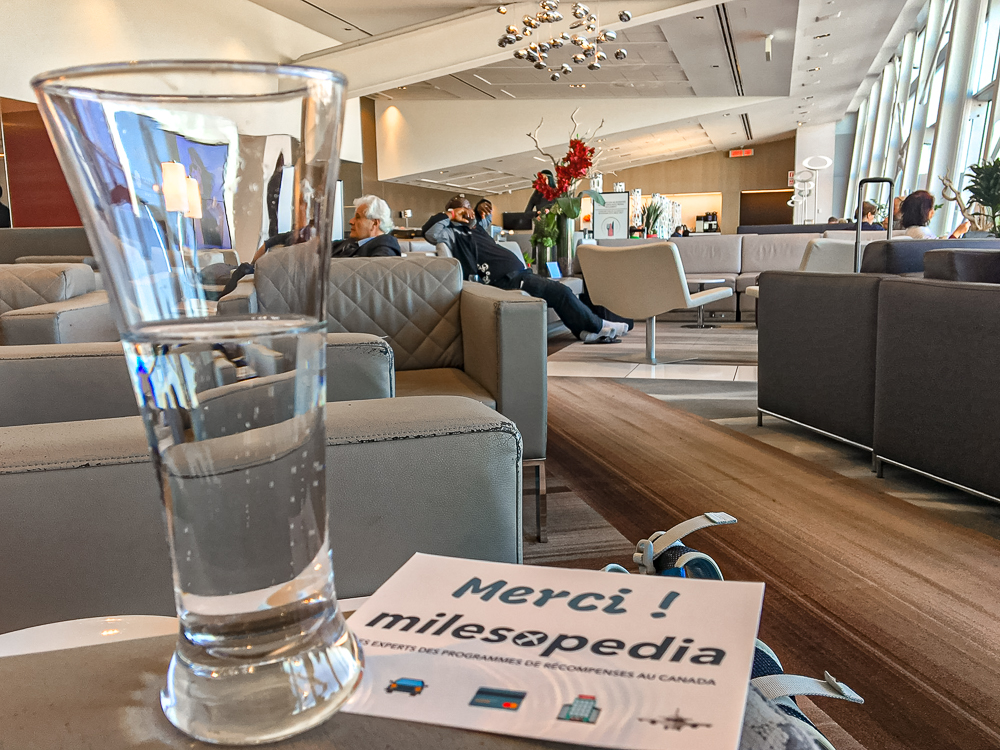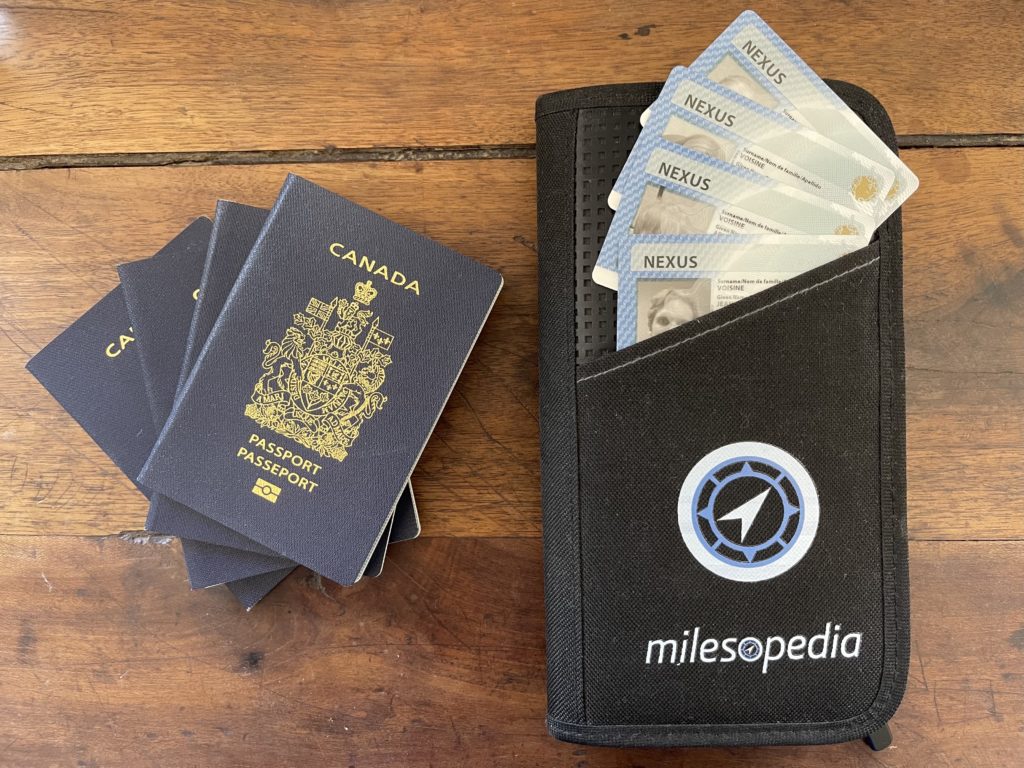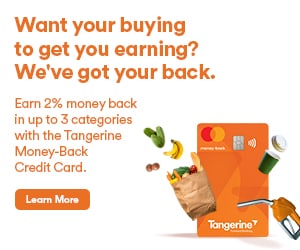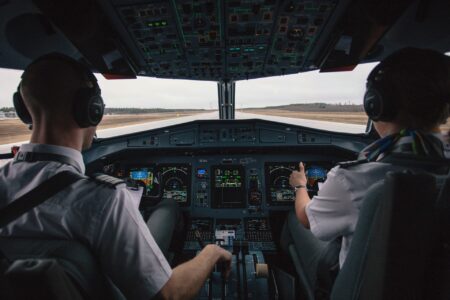New at YUL
The various landing stages
Do you drop off passengers at the airport? Here’s everything you need to know to avoid traffic jams when you arrive. New measures have been in force since June 4, 2024, Montreal airport has announced.
The West and East express landings are now accessible from 1 pm to 8 pm, 7 days a week.
The Express West landing stage
The Express West landing stage, located in parking lot P4, provides :
- Drop off people near the terminal. There is a free shuttle service every five minutes (five-minute trip);
- Walk from the parking lot to the terminal, along Albert-de-Niverville. Then take the ramp leading to the Marriott Hotel to reach gate 11 (departures level);
- Walk 8-10 minutes along Place Leigh-Capreol. This path gives access to the terminal (arrivals level).
The Express East landing stage
The East Landing, located at parking lot P10, provides :
- The same advantages as the West Landing, that’s to say access to the free shuttle service every five minutes.
Departure landing stages
To keep traffic flowing smoothly, the airport recommends that you stop only long enough to drop off your passengers. Spaces are reserved for people with reduced mobility.
Free parking to pick up passengers
To recover your loved ones without stress, you can use :
- Free CellParc waiting car parks;
- Parking lots with 40 minutes free parking (in force 7 days a week, until the end of September 2024).
YUL Express: fast passage through security
The free YUL EXPRESS service speeds up your passage through the checkpoint. Simply complete this form within 72 hours of your flight. But also set a specific time to pass the checkpoint.
Once you’ve arrived at the airport, all you have to do is take the YUL EXPRESS priority line. You can reserve your place for a group of up to 10 passengers.
All the details are in our guide.
Finally, we’ve put together all the information you need about Montreal airport in our guide to help you prepare for your trip.
Going through the airport: basic rules
First of all, here are a few things you need to know for a smooth airport experience.
Security controls
Before starting your vacation, you will have to pass the security check. This is when you should empty your water bottle, remove your laptop and remove the contents of your pockets.
You must go through security before all flights, whether in Canada or abroad. However, some airports have an international zone where you can make a connection without having to go through security again.
However, if you need to change your terminal, it is likely that you will have to leave this area.
Going through the customs
The difference between passing security and customs is:
- Safety: check if you pose a danger to the aircraft
- Customs: check if you pose a danger to the country
So, when you go through the airport, customs (or immigration) is in place to determine if you are eligible to enter or leave a country.
In addition, customs are present at the airport to control the entry of certain goods, whether legal or illegal. For example, there is a limit to how much alcohol you can bring back to Canada when customs in Australia will seize your bag of beef jerky.

At the beginning of the journey
In Canadian terminals, you do not go through customs when you leave for your vacation unless your vacation includes a flight segment to the United States.
The U.S. borders are located in a separate terminal at most Canadian airports. So you are in “American territory” before boarding the plane.
For all international travel (except the United States), you will pass through border control upon arrival at your destination in the country after your flight.
Back from vacation
When you return to Canada from abroad, you will clear Canadian customs at your first point of entry into the country, regardless of where you are travelling from. So, vacationers returning from New York or Italy will follow the same procedure.
Then, if you have a connection in the U.S. on your way back, you will also have to go through U.S. customs on your way through the airport.
Checked baggage
Do we have to pick up our luggage when we have a connection?
The general rule, if all your flights are on the same reservation, is :
- Departure to Canada, the United States or any other international destination: checked baggage will follow until the end
- Return to Canada: Checked baggage follows to the final destination when you arrive from Europe and your point of entry is in Toronto or Montreal.
- Return to Canada via an international stopover: same as above
- Return to Canada via the U.S.: checked baggage usually follows depending on where you are coming from. Please check with the agent at check-in.
Indeed, the return is more difficult to untangle than the departure. Here are some examples to better understand the rules of baggage clearance (baggage claim) when returning from a trip.
Any exceptions? Unfortunately yes, some terminals and some companies sometimes deviate from these general rules.
Our advice if you receive instructions to the contrary? Take the time to check the baggage carousels at your Canadian and U.S. ports of entry to make sure your bags have followed.

Arrive early
To make your passage through the airport more pleasant, it is advisable to arrive at least 3 hours in advance and even more; in the event that you can get through quickly, you can rest in a lounge!

Nexus and Global Entry
Another option for cutting queues at the airport is with the Nexus and Global Entry cards. Register before October 1, 2024: the Canadian government has announced an increase in NEXUS membership fees from US$50 to US$120.

Lately, I’ve been able to take advantage of this benefit at airports in Montreal, Toronto and the United States. I was able to get to my gate quickly while there were zigzags of people as far as the eye could see in the regular lines. I made it through in less than 15-20 minutes each time.
On the way back, with Nexus, I was able to avoid the mass for the border control and I was able to take the Nexus priority line to exit the terminal while the crowd has to do another line, with their luggage, before leaving.
Some credit cards, like the TDMD AeroplanMD Visa Infinite* Card, even offer credit for a Nexus membership.
The perks of credit cards
If you can’t apply for the Nexus program, you can receive similar benefits with a premium credit card.
Indeed, “Visa Infinite Privilege” range credit cards such as the TDMD AéroplanMD Visa Infinite Privilege* Card and the American Express PlatineMD Card enable cardholders to pass through security checkpoints quickly.
These priority lines are usually adjacent to Nexus queues.
In addition to avoiding the major inconvenience of waiting over an hour (and more), these credit cards offer generous welcome bonuses to help you save on your next trip! The bonus points, the various credits and the many benefits more than make up for the annual fee you have to pay.
Bottom Line
Have you traveled recently? Come and share your airport experience in the community!






